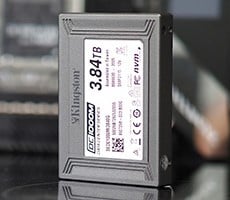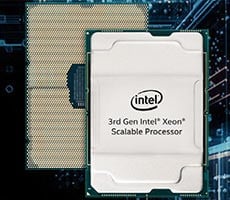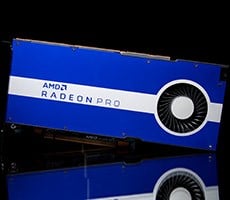Windows 8 Power Struggle: Metro vs Desktop
Understanding Metro:
Metro, Microsoft's new UI, is bold, a dramatic departure from anything the company has previously done in the desktop/laptop space, and absolutely great. It's tangible proof that Redmond really can design and build its own unique products and experiences. Metro's design heavily emphasizes text and uses brightly-colored background tiles as a means of differentiating programs. It uses very little chrome (in this context, the term "chrome" refers to the use of buttons and icons to represent specific functions). Minimize, Maximize, the X "close window" button and the taskbar itself are all examples of chrome.
Also, there are no "windows" in Windows 8 Metro; all applications run full screen, regardless of whether that's the most efficient way to display the data or program in use. For a tablet in landscape mode, this structure works well; a number of Microsoft's preview apps are attractive and easy to use.
At present, however, not everything translates well. There is no Metro version of Windows Explorer yet, but Ashampoo's ImageFX photo utility gives us a look at an early version of a Metro-style Explorer window.
The above images show Metro's directory contents display, and the sub-folder selection options.
Here's how Ashampoo handles a full directory. All contents are laid out horizontally by default; scrolling downwards moves to the right. This layout works well if you simply want to view content but is much less effective for sorting files by name or date taken.
Now, let's consider Desktop mode and then look at how they mesh, or don't.










